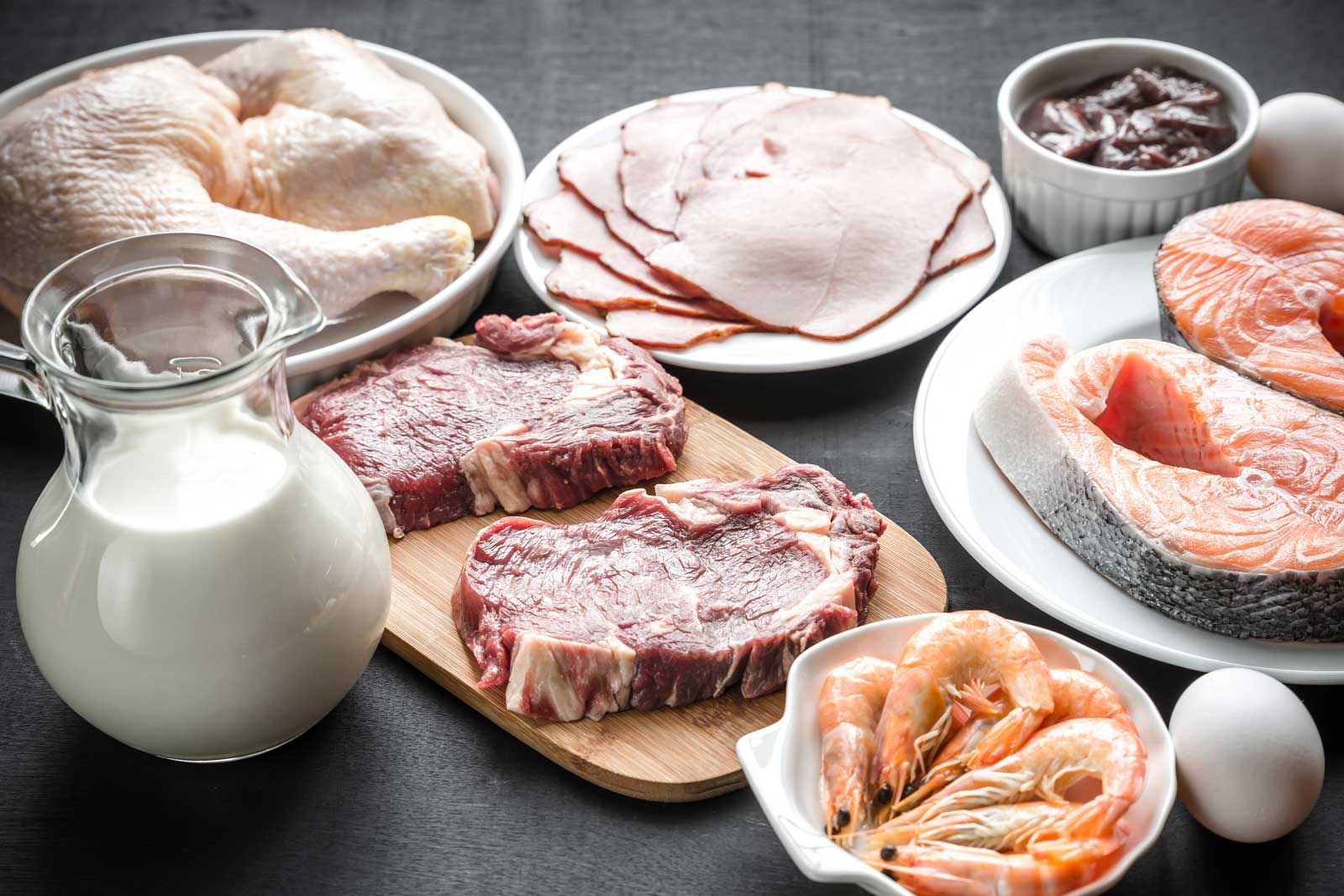Human biology is adapted to meat and animal fat

Why is an evolutionary perspective relevant?
Generally, animals thrive when their diets match their physiological adaptations. Any debate about the healthiness of specific foods should consider whether they are part of evolutionary, species-appropriate diets. While there might not be a single optimal diet for humans, an evolutionary perspective indicates that Homo evolved as a habitual meat eater rather than facultative one. The often heard vegetarian argument for a naturally herbivorous human diet is based on a phylogenetic relationship with apes. This assumption is extremely naïve. By focusing on the diet of common ancestors, it overlooks the evolutionary divergences that separate humans from non-human primates. Moreover, even chimpanzees eat substantial amounts of meat. Vegetarianism lacks an evolutionary precedent within the hominin lineage; without doubt, hominin ancestors were adapted to obtain nutrients from both plants and animals.
Anatomical adaptations
During human evolution, a shift to diets based on meat and animal fat led to adaptations in cranial-dental and intestinal morphology and functions, posture, reproductive traits, lifespan, and brain size. The expensive tissue hypothesis argues that such new and richer diets facilitated the formation of an increased brain size, not only by providing essential building blocks and calories, but also by enabling a sizeable reduction of the energy-demanding gut. The small intestine increased in size, while the large intestine responsible for fermentation decreased, differing from apes. The gut microbiome also changed to accommodate higher meat and fat intake. Transitioning from fibrous plants to animal source foods and tool use caused reductions in teeth, jawbones, and chewing muscles, resulting in weaker bite force. Humans spent less time on feeding compared to other apes, reflecting changes in diet. The human stomach became highly acidic, possibly to protect against meat-borne pathogens like carnivores. Finally, the human lineage showed anatomical and genetic adaptations related to hunting, running, heat regulation, vision, breathing, throwing, and clubbing.
Metabolic adaptations
Human energy metabolism is adapted to diets dominated by lipids and proteins. A comparison of the age at weaning of different animal groups suggests that early weaning in humans was facilitated by switching from maternal milk to nutrient-dense meat, marrow, organs, and fat. The enduring consumption of such foods during the Pleistocene has fundamentally changed the way the human body deals with nutrients. Humans show a preference for absorbing haem iron over ionic forms, which is not observed in herbivores, have mostly lost the ability to absorb vitamin B12 produced by gut bacteria in the absence of coprophagy, have a higher dependency on choline, abundant in animal source foods, compared to other primates, and a reduced ability to produce taurine from amino acids and convert alpha-linolenic acid into long-chain fatty acids like eicosapentaenoic acid (EPA) and docosahexaenoic acid (DHA). The human brain not only requires a very high amount of energy but also relies on DHA and arachidonic acid, which is harder to achieve adequately with plant-only diets.
